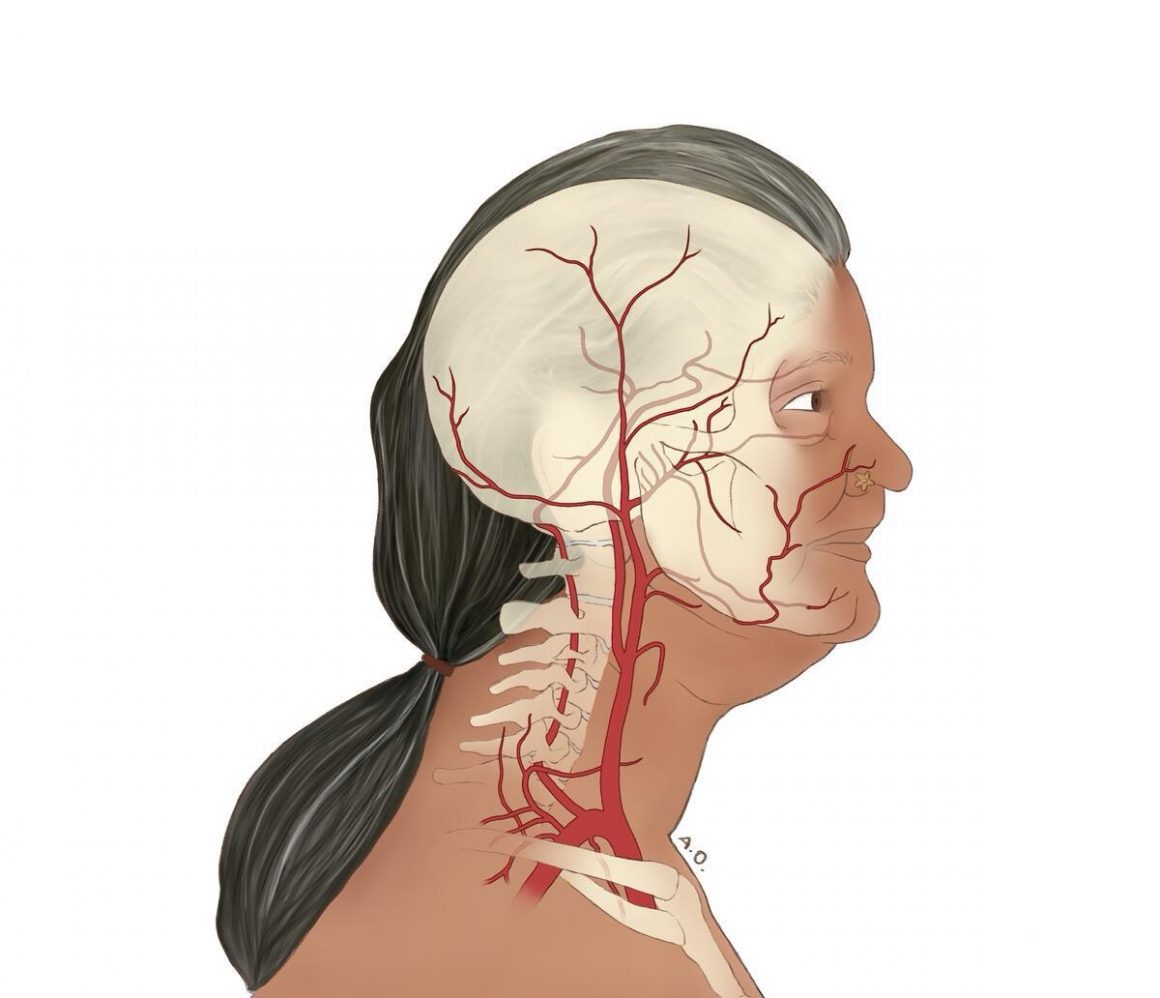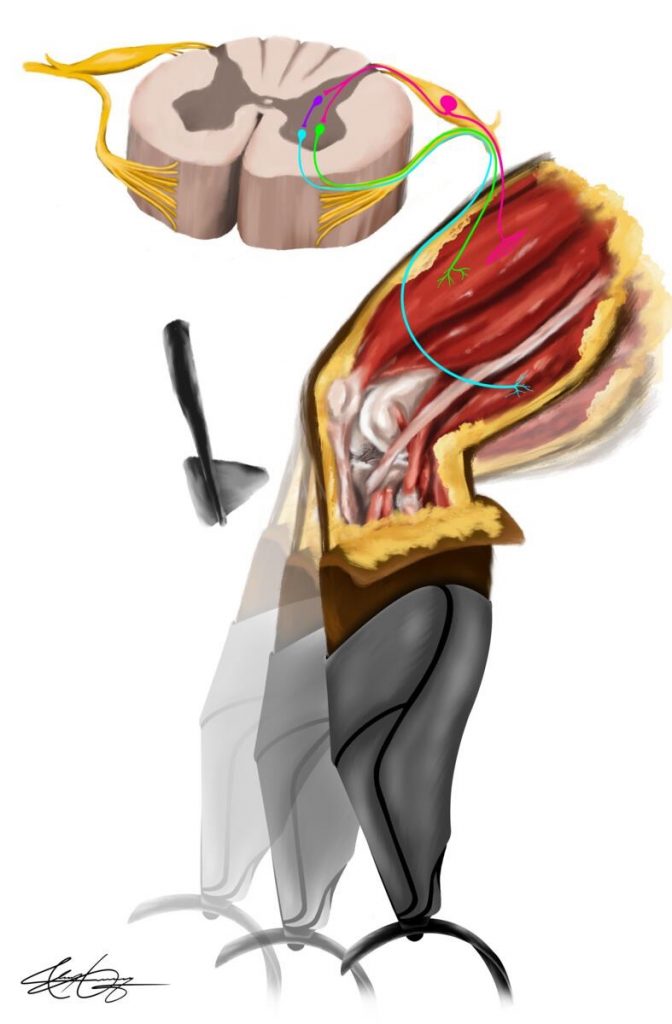
U of C’s ‘AVID’ project is providing free and inclusive artwork to revolutionize medical education
By Freeha Anjum, July 16 2024—
Despite efforts to increase Equity, Diversity, Inclusion, and Accessibility (EDIA) in education, medical knowledge continues to primarily feature the historically privileged perspective of the fit, young, caucasian male.
The University of Calgary is working to dismantle this homogenous approach to medicine with the Anatomy Video and Imagery Diversity (AVID) Project. The project is co-lead by Dr. Heather Jamniczky, associate dean of Graduate Science Education and professor in the Department of Cell Biology & Anatomy at the Cumming School of Medicine, and Dr. David Andrews, kinesiology professor at the University of Windsor. Additional co-leads include Dr. Lian Wiletts and Dr. Sarah Anderson, assistant professors in the Department of Cell Biology and Anatomy at the Cumming School of Medicine. Jamnickzy spoke about the project in an interview with the Gauntlet.
“We are trying to broaden the diversity of representation of people who do not match the white, young, able-bodied centric, gendered approach so that learners can see themselves represented in these images,” Jamnickzy explained.

Jamnickzy shared her experience as an educator, where she worked hard to improve her teaching by looking for more diversity in existing medical resources. Unfortunately, there was a scarcity of material and anything helpful was extremely expensive. Jamniczky said she felt uneasy about how current teaching resources represented the human body.
“It becomes impossible to champion EDIA in teaching and learning and then stand in front of these kinds of resources. It’s just not ethically appropriate anymore,” Jamniczky said. “Medicine is still practiced through a deficit lens: that if you’re not the stereotype then you need to be fixed. We need to step backwards and fix the systemic injustice problem.”

Jamniczky reached out to Kathryn Ruddock, director for digital services with Libraries and Cultural Resources at UCalgary, regarding the project. In an interview with the Gauntlet Ruddock shared that she was shocked with the lack of diversity in the medical material.
“There are no resources. Even if you go elsewhere to find materials, there are no images. Everyone worldwide is being taught from the same content, and it’s these white male representations,” Ruddock said.

Ruddock explained the process for creating the teaching materials. The content is in compliance with the Declaration on Research Assessment (DORA) which promotes the best practices for evaluation of research. This ensures that AVID project outputs are strong and usable pieces of research, which involves extensive peer-reviewed research on human anatomy with the project team and student creators. Student creators then use this research to create the teaching materials.
“They are valuable pieces of art, but also well-researched, valid teaching tools,” said Ruddock.
The project also gives an opportunity for student artists on campus to create images and videos showcasing the diversity of the human body. Students are compensated for their time, and have a chance to improve their personal and professional goals in art and anatomy. Valerie Cates, a participating student artist, shared her experience working on the project in an interview with the Gauntlet.
Cates is currently working on a Masters in Medical Sciences at the McCaig Institute with the Cumming School of Medicine. She is also a co-founder of the UCalgary Artistic Research Translation in the Sciences (ARTS) Society, which works towards giving UCalgary students opportunities to explore the interconnections between art and science.
“It’s a really great opportunity as an artist and scientist to contribute to that space and know that future students, and even people outside of academia, will see this material,” Cates said. “As an artist, I have creative freedom to explore and apply the learning I have accumulated throughout the years about how the human body looks and then add a more creative nuance, it’s been very exciting.”

The AVID project collaborators are strong proponents of providing free, easily-accessible content to be used worldwide. This encourages use of these materials and limits the need for students to pay hundreds of dollars for more diverse content atop their textbook expenses. Ruddock shared that the AVID project hopes to provide students with material which they may not normally see in a classroom or textbook setting in the most accessible way possible.
“It’s accessible to anybody worldwide, and that is rare and unique,” stated Ruddock.
“My expensive textbooks had very limited materials, and I would often have to go online to try to find different ways of visualising anatomy. As learners, it’s important to expose yourself to as many resources as you can to get a more nuanced look at what you’re learning about,” Cates shared.

Although the primary audience for the content produced by AVID is undergraduate health sciences students, the free online database has captured the interest of people from all educational levels. The level of detail in each image is high enough to be used for medical education, but it can also be used to teach at a high school science level. For this reason, there are labels for images and videos on the AVID database, allowing for instructors to highlight whatever aspect of the photo they find useful for their teaching material.
“We have had inquiries from high school science teachers and from people in the public who want to show anatomy images. We are trying to be as broadly useful as we can,” Said Jamniczky.
The AVID project hopes to continue providing free content in the upcoming fall semester, and encourages students to reach out if they want to be a part of the work. Students interested can email the project lead Dr. Heather Jamniczky—or any other co-leads—to express their interest along with a portfolio of previous artwork. Jamniczky highlighted that student artists are important to the project’s success.
“This doesn’t work without the illustrators,” said Jamniczky. “We want student artists to get exposure on a bigger platform like this, get paid to do the work, and have a digital home in perpetuity.”
AVID is available to view here for free.
